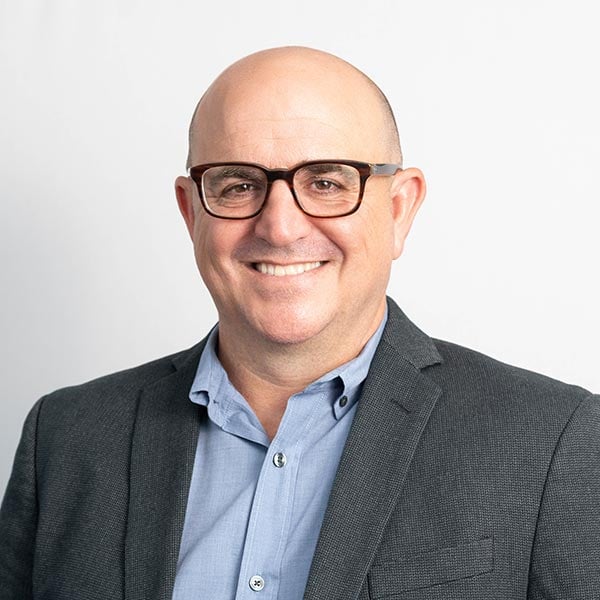Opiate is a term used to describe any drug that was originally derived from opium, a naturally occurring narcotic. The term opioid covers all kinds of opiates – both synthetic and naturally occurring – that bind with opioid receptors within the brain. These receptors delegate a lot of different functions within the body, from stress responses and respiratory functioning to mood and motivation. There are three main types of opioid: naturally occurring opiates, derivatives of naturally occurring opiates and synthetic opioids. Some natural opiates include codeine, morphine, opium and heroin. Some opiate derivatives include methadone, vicodin, oxycodone, demerol and percocet.
These drugs produce a similar “high” as heroin when they’re taken other than as prescribed, and they can be just as addictive. Over the course of the past several years the rates of opiate addiction and abuse have been continuously rising, as have the number of opiate-related overdose deaths. We are now in the midst of what has been deemed an “opiate epidemic,” and thousands of American men and women of all ages and demographics are losing their lives to this deadly disease. Fortunately there is help available. At Guardian Recovery we truly believe that opiate addiction can be successfully overcome when an adequate and effective opiate addiction recovery plan is in place.
Over the course of the past several years there has been a big shift away from prescription painkiller abuse and towards heroin abuse. This can be attributed to recent government crackdowns on painkiller accessibility and circulation. From the early 2000s prescription painkillers began being prescribed at alarming rates. This classification of opiate is extremely habit-forming, though the dangers involved were harshly underplayed because the drugs were initially prescribed by a medical professional. As rates of painkiller overdose continued to skyrocket, government officials eventually took notice and began cracking down on distribution. Those that had developed opiate dependencies were suddenly cut off, so they began seeking a more affordable alternative – heroin. While this spiked rates of heroin abuse significantly, there are still many prescription painkillers in circulation and opiate addiction of all kinds remains a significant health threat.
Start Healing Today!
Choose recovery and take control of your life, it’s the path to a brighter future filled with health, happiness, and fulfillment.
Opiate Addiction Statistics
- In 2017, there were a reported 103,000 adolescents that struggled with opiate addiction.
- It is estimated that since 1999, over 9,000 adolescents have lost their lives to opiate-related overdose.
- In 2016, one out of every five adolescent deaths was related to opiate abuse.
- Adolescents that are involved in school sports are at greater risk of developing an opiate dependency, because they are often prescribed potent opioid painkillers when they suffer from a sport-related injury. Student athletes are at a 50% higher risk of abusing painkillers, in fact.
- Students that are prescribed prescription painkillers during high school are 33% more likely to develop a serious substance dependency problem later on in life.
- During this same year, over 70% of heroin-related deaths in Washington, D.C. involved fentanyl – a potent opioid that is known to be over 100 times stronger than heroin itself.
- Half of adolescents that begin abusing opiates initially get the drugs from a close friend or family member. Adolescents often raid unlocked medicine cabinets for unused or expired prescription painkillers.
- In 2016 there were an estimated 1.68 million potential years of life that were lost to opiate overdose.
- Heroin-related deaths increased five times in just seven short years – from 2010 to 2017.
- Pregnant women have been using opiates at an alarming rate, putting themselves and their unborn children at risk. In fact, from 2015-2017 the number of pregnant women who were abusing opiates increased by 70%.
- Despite the above fact, 68% of opiate addiction-related deaths involve men.
- In 2012, an opiate addicted baby was born every 25 minutes. Most of these babies were born going through severe withdrawal.
- There were more than 420,000 documented emergency room visits related to opiate painkiller abuse.
- America is the largest consumer of oxycodone in the world. We consume 78% of the world total.
- Two out of every three drug-related deaths in 2017 was related to some variety of opioid.
- In the year 2016 alone, there were enough prescribed painkillers in circulation to medicate every American adult every day for an entire month.
- There were nearly 50,000 opiate-related overdose deaths in America in 2017 alone. This number continues to rise.
- Currently, there is one opioid-related overdose every 11 minutes. An average of 130 Americans lose their lives on a daily basis.
- The opioid epidemic cost the U.S. more than $500 billion – in 2015 alone.
It can be difficult to wrap your mind around numbers of this magnitude. It can be especially difficult when you haven’t experienced the devastation of opiate addiction first-hand. A number is just a number until it isn’t; until it’s a friend or a family member or even an acquaintance. If you or someone you know is struggling with opiate addiction, it’s crucial that professional help is sought immediately.
Complimentary Insurance Check
Find Out Today!
"*" indicates required fields
Opiate Addiction Facts
Opiate abuse is defined as taking any illegal opiate (like heroin) or taking a prescription opiate other than as prescribed. The following facts about opiate abuse and addiction cover illicit opiates and those that were prescribed by a medical physician at one point in time.
- Many people believe that if a prescription was originally given by a medical professional, the risk for abuse and addiction must be low. This isn’t the case. Some prescription painkillers are more habit-forming than some illicit drugs.
- Taking someone else’s prescription is always unsafe, no matter what kind of medication it is. This is especially true of prescription painkillers. Say you sustained an injury and your friend has leftover pain pills from a previous surgery. Never take these pain pills, even if doing so doesn’t seem like it would be harmful because you have no personal history of abuse. Always check in with a physician and never take pills unless they were prescribed specifically to you.
- Risks of heroin addiction increase significantly among those who have been prescribed a prescription painkiller.
- Even if a doctor does prescribe a prescription painkiller to a pregnant woman, taking opiates during pregnancy greatly increases the chances of miscarriage, low birth weight and other serious complications.
- A lot of people that become addicted to prescription painkillers will often switch to heroin at some point down the line, seeing as heroin is more affordable and more readily available. Recent government crackdowns on painkiller distribution increased their street value significantly.
- There are a lot of risks involved in intravenous drug use. Heroin addicts who use the drug intravenously are far more likely to contract diseases like HIV and hepatitis C.
- Those who have been addicted to heroin for an extended period of time might experience symptoms of post-acute withdrawal for years after they get sober. Symptoms of post-acute withdrawal include night sweats, anxiety, insomnia and depression.
- Recovering heroin addicts often have a difficult time sleeping. It takes their bodies quite a long time to begin self-regulating.
- Opiates of all kinds can show up on drug tests for days – sometimes weeks – after they are taken. The amount of time that the drug stays in the system depends on a number of factors, like weight, height, metabolism, how long the drug was being used and the amount of the drug that was being used.
Our Locations
Our Facilities & Teams Transform Lives
Changing lives by providing comprehensive support and rehabilitation, empowering individuals to overcome addiction and regain control of their health and well-being.
Opiate Addiction Recovery
Despite the high rates of opiate addiction and overdose-related death, a great number of opiate addicts do recover and go on to lead productive, drug-free lives. If you are struggling with an opiate addiction, our comprehensive recovery program will help you get started on your own personal journey of recovery. For more information give us a call today.SELF-ASSESSMENT:
Do I have an Addiction issue?
Disclaimer: Does not guarantee specific treatment outcomes, as individual results may vary. Our services are not a substitute for professional medical advice or diagnosis; please consult a qualified healthcare provider for such matters.
Sources









